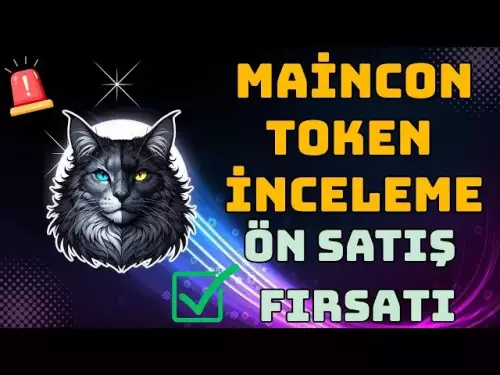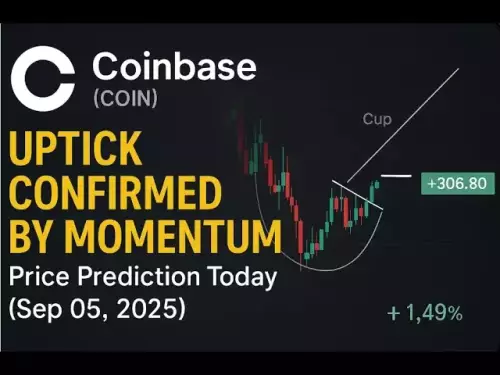-
 Bitcoin
Bitcoin $111400
0.98% -
 Ethereum
Ethereum $4328
0.50% -
 XRP
XRP $2.853
1.69% -
 Tether USDt
Tether USDt $1.000
0.00% -
 BNB
BNB $850.5
0.51% -
 Solana
Solana $205.1
0.70% -
 USDC
USDC $1.000
0.02% -
 Dogecoin
Dogecoin $0.2182
2.76% -
 TRON
TRON $0.3328
-0.55% -
 Cardano
Cardano $0.8346
3.00% -
 Hyperliquid
Hyperliquid $46.94
4.58% -
 Chainlink
Chainlink $22.41
-0.17% -
 Ethena USDe
Ethena USDe $1.001
0.01% -
 Sui
Sui $3.411
4.32% -
 Bitcoin Cash
Bitcoin Cash $611.2
3.75% -
 Stellar
Stellar $0.3604
2.04% -
 Avalanche
Avalanche $24.43
0.02% -
 Hedera
Hedera $0.2195
3.37% -
 Cronos
Cronos $0.2665
0.14% -
 UNUS SED LEO
UNUS SED LEO $9.533
0.25% -
 Litecoin
Litecoin $113.1
2.41% -
 Toncoin
Toncoin $3.101
-0.17% -
 Shiba Inu
Shiba Inu $0.00001244
2.94% -
 Polkadot
Polkadot $3.831
1.65% -
 Uniswap
Uniswap $9.445
1.92% -
 Dai
Dai $0.9999
-0.01% -
 Monero
Monero $267.3
-0.05% -
 Ethena
Ethena $0.6887
6.20% -
 Aave
Aave $305.4
-1.32% -
 World Liberty Financial
World Liberty Financial $0.1785
-3.15%
What is Proof of Burn (PoB)?
Proof of Burn (PoB) is a sustainable consensus mechanism where users destroy coins to gain mining rights, reducing energy use and promoting long-term network commitment.
Sep 04, 2025 at 06:18 pm
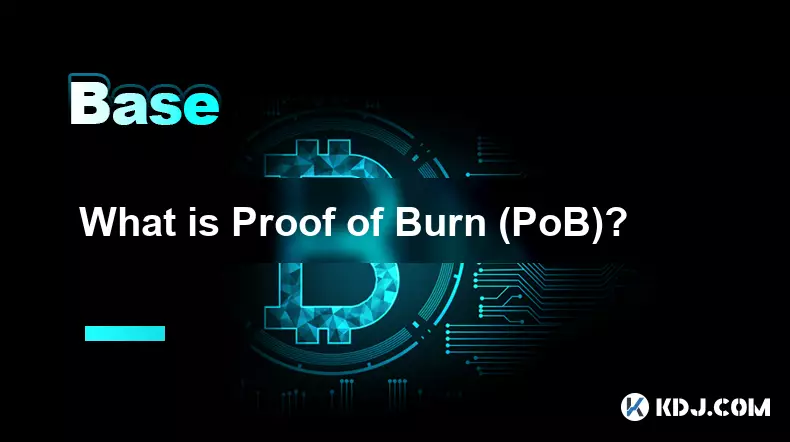
Understanding Proof of Burn (PoB)
1. Proof of Burn (PoB) is a consensus mechanism used in blockchain networks to achieve distributed agreement without relying on energy-intensive computations like in Proof of Work (PoW). Instead of miners solving complex mathematical puzzles, PoB requires participants to 'burn' or permanently destroy a portion of their cryptocurrency holdings. This act of burning coins serves as a demonstration of commitment and investment in the network, granting the right to mine or validate transactions.
2. The burning process involves sending coins to an unspendable address, effectively removing them from circulation. These addresses are verifiable but have no private keys, meaning the coins can never be retrieved. By sacrificing value, users signal long-term interest in the network’s success, aligning incentives across participants.
3. PoB is often used as an alternative to initial coin distribution methods. Instead of conducting an ICO or pre-mining, new blockchains can allow early adopters to burn coins from an established chain (like Bitcoin) to receive tokens on the new chain. This method rewards those who are willing to invest real value into the emerging ecosystem.
4. One of the primary benefits of PoB is its reduced environmental impact. Unlike PoW, which demands high electricity consumption for mining hardware, PoB eliminates the need for continuous computational effort. The environmental cost is front-loaded during the initial burn, making it a more sustainable option in terms of ongoing energy use.
5. PoB also discourages spam and speculative behavior. Since participants must destroy value to gain mining rights, frivolous or short-term actors are less likely to engage. This creates a more committed community of validators, potentially increasing network stability and security over time.
How Proof of Burn Works in Practice
1. A user who wishes to participate in a PoB system initiates a transaction by sending a certain amount of cryptocurrency to a verifiably unspendable address. This action is irreversible and publicly recorded on the blockchain.
2. The network verifies the burn transaction and attributes mining rights or voting power to the participant based on the amount burned. Larger burns typically grant greater privileges, such as higher chances of being selected to create the next block.
3. Some PoB implementations use a virtual mining rig model, where the more coins burned, the longer the virtual mining period, simulating the investment in physical hardware. This virtual rig can generate new blocks over time, proportional to the burned stake.
4. Periodically, the system may reset or require new burns to maintain mining eligibility, preventing early burners from dominating indefinitely. This ensures ongoing participation and discourages monopolization of block creation.
5. In hybrid models, PoB is combined with other consensus mechanisms like Proof of Stake (PoS), where burned coins influence the staking weight. This integration enhances fairness and decentralization by rewarding early commitment with greater influence.
Use Cases and Real-World Examples
1. The Slimcoin project was one of the first to implement Proof of Burn as a core consensus mechanism. It allowed users to burn Bitcoin to earn mining rights on its blockchain, effectively using Bitcoin’s value to bootstrap a new network without direct fundraising.
2. Some blockchain platforms use PoB for fair token distribution during launches. By requiring participants to burn existing coins, projects ensure that only serious contributors receive new tokens, reducing the risk of airdrop farming and Sybil attacks.
3. PoB has been explored in decentralized identity systems, where burning tokens grants reputation or verification rights. The destroyed value acts as a trust signal, making identity spoofing economically unfeasible.
4. In gaming and NFT ecosystems, developers have experimented with PoB to limit supply and increase scarcity. Players might burn in-game currency to unlock rare items or enter exclusive events, creating artificial demand and enhancing engagement.
5. Regulatory-compliant blockchains sometimes adopt PoB to demonstrate economic commitment from validators, satisfying requirements for responsible participation without relying on opaque staking pools or centralized mining farms.
Frequently Asked Questions
What happens to the coins after they are burned?Burned coins are sent to an address that cannot be accessed by any private key. They remain visible on the blockchain but are permanently unusable, effectively reducing the total supply.
Can Proof of Burn be reversed?No, the burning process is irreversible. Once coins are sent to a burn address, they cannot be recovered or spent, ensuring the integrity and trustworthiness of the mechanism.
Is Proof of Burn secure against attacks?PoB is resistant to certain types of attacks, such as spam and low-cost entry, due to the economic cost of burning. However, it may be vulnerable to long-range attacks if early burners retain disproportionate influence over time.
How does Proof of Burn compare to Proof of Stake?While both mechanisms rely on economic commitment, PoS requires locking up coins as collateral, whereas PoB destroys them outright. PoB emphasizes upfront sacrifice, while PoS focuses on ongoing participation and delegation.
Disclaimer:info@kdj.com
The information provided is not trading advice. kdj.com does not assume any responsibility for any investments made based on the information provided in this article. Cryptocurrencies are highly volatile and it is highly recommended that you invest with caution after thorough research!
If you believe that the content used on this website infringes your copyright, please contact us immediately (info@kdj.com) and we will delete it promptly.
- Hyperliquid, USDH Stablecoin, and DeFi Growth: A New Era?
- 2025-09-06 03:50:12
- Solana's Tug-of-War: Bulls vs. Sellers – Who's Winning?
- 2025-09-06 02:45:16
- Crypto Tokens, SEC Regulation, and Market Explosion: Navigating the Web3 Revolution
- 2025-09-06 02:45:16
- Crypto Coins in 2025: Spotting the Next Big Investment
- 2025-09-06 03:05:15
- Altcoins: Profit Potential or High-Risk Gamble?
- 2025-09-06 03:05:15
- Ethereum Price, PEPE Coin, and Layer 2s: What's the Hype?
- 2025-09-06 03:16:35
Related knowledge
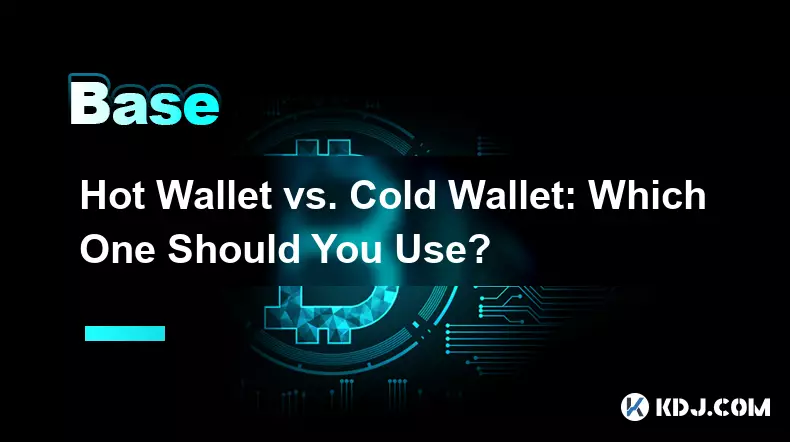
Hot Wallet vs. Cold Wallet: Which One Should You Use?
Sep 05,2025 at 06:19pm
Understanding Hot Wallets in the Cryptocurrency Ecosystem1. A hot wallet is a digital cryptocurrency wallet that remains connected to the internet at ...

What is "backtesting" a crypto trading strategy?
Sep 03,2025 at 10:55am
Understanding Backtesting in Crypto TradingBacktesting is the process of evaluating a trading strategy by applying it to historical market data. Trade...

What is a "crypto trading bot" and do they work?
Sep 02,2025 at 04:19pm
Understanding Crypto Trading Bots1. A crypto trading bot is a software application designed to automate the process of buying and selling cryptocurren...

What is a "copy trading" platform?
Sep 02,2025 at 07:00pm
Understanding Copy Trading in the Cryptocurrency Space1. A copy trading platform allows users to automatically replicate the trades of experienced inv...
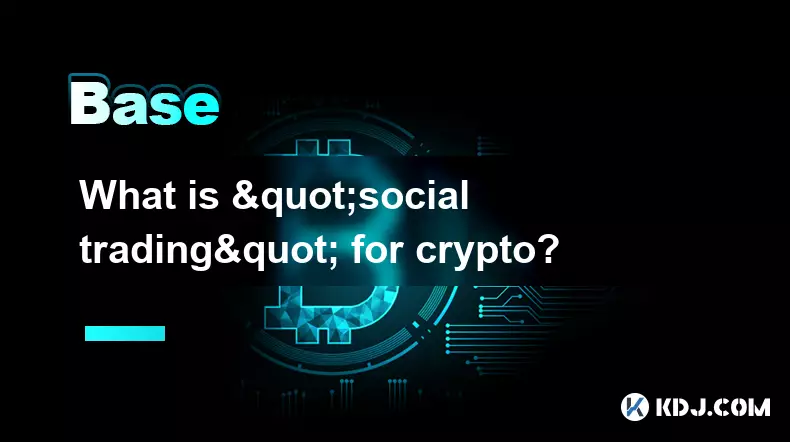
What is "social trading" for crypto?
Sep 03,2025 at 09:00pm
Understanding Social Trading in the Cryptocurrency Space1. Social trading refers to a method where investors observe, follow, and automatically replic...
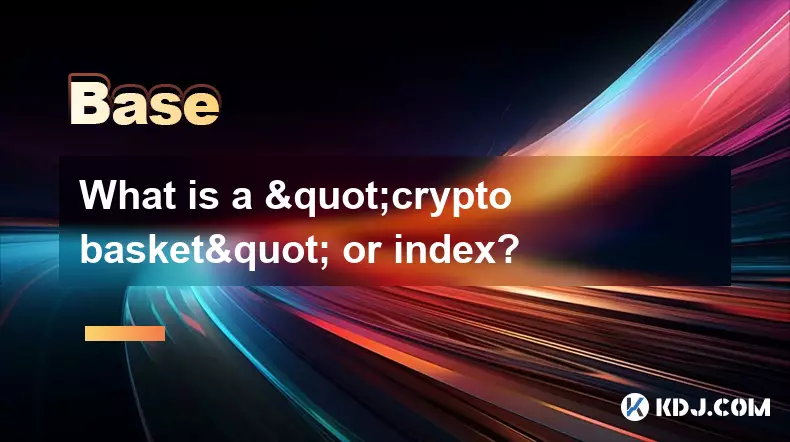
What is a "crypto basket" or index?
Sep 03,2025 at 07:01am
Understanding Crypto Baskets and Their Role in Digital Asset Investment1. A crypto basket refers to a curated collection of multiple cryptocurrencies ...

Hot Wallet vs. Cold Wallet: Which One Should You Use?
Sep 05,2025 at 06:19pm
Understanding Hot Wallets in the Cryptocurrency Ecosystem1. A hot wallet is a digital cryptocurrency wallet that remains connected to the internet at ...

What is "backtesting" a crypto trading strategy?
Sep 03,2025 at 10:55am
Understanding Backtesting in Crypto TradingBacktesting is the process of evaluating a trading strategy by applying it to historical market data. Trade...

What is a "crypto trading bot" and do they work?
Sep 02,2025 at 04:19pm
Understanding Crypto Trading Bots1. A crypto trading bot is a software application designed to automate the process of buying and selling cryptocurren...

What is a "copy trading" platform?
Sep 02,2025 at 07:00pm
Understanding Copy Trading in the Cryptocurrency Space1. A copy trading platform allows users to automatically replicate the trades of experienced inv...

What is "social trading" for crypto?
Sep 03,2025 at 09:00pm
Understanding Social Trading in the Cryptocurrency Space1. Social trading refers to a method where investors observe, follow, and automatically replic...

What is a "crypto basket" or index?
Sep 03,2025 at 07:01am
Understanding Crypto Baskets and Their Role in Digital Asset Investment1. A crypto basket refers to a curated collection of multiple cryptocurrencies ...
See all articles





















